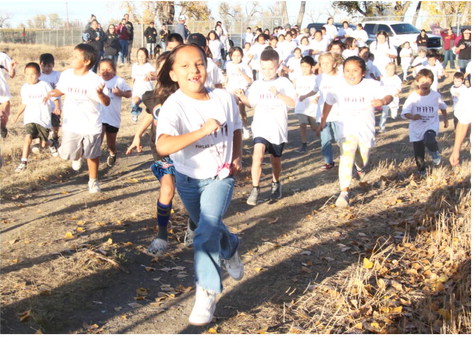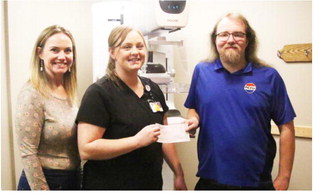FWP Needs Help In Detecting, Managing CWD
Hunters are Montana Fish, Wildlife & Parks’ strongest asset in managing chronic wasting disease. The FWP need your help in gathering information about the disease in Montana and we need your help in managing the disease to ensure we keep its prevalence low where it’s possible.
An important way hunters can help with CWD management is by submitting samples from deer and elk. Your sample helps provide FWP with the information about where CWD is around the state, how it may be spreading, and what the prevalence, or infection rates, are where the disease exists. FWP is committed to the long-term management of CWD to ensure we have healthy herd numbers and abundant hunting opportunities for decades to come.
Concerns over CWD shouldn’t stop you from enjoying hunting season. Take advantage of FWP’s convenient online tools and information to help you have a plan for getting your animal sampled for CWD and for knowing more about the disease in Montana.
This year, FWP will continue CWD surveillance and monitoring in specific areas known as Priority Sampling Areas across central-western, eastern and portions of north-central Montana.
Certain areas of the state are designated as Priority Sampling Areas where FWP is making a concerted effort to gather more samples. In those specific areas, hunters are asked to voluntarily submit a sample from their animal. For instructions on how or where to submit a sample, visit fwp.mt.gov/cwd.
CWD sample submission is voluntary in most places in Montana. There are mandatory testing requirements for tags associated with CWD management near Libby. Testing is required for all animals harvested using the Deer B License 199-20 in hunting districts (HDs) 100, 103, and 104, or Deer Permit 103-50 in HD 103. All hunters who want their harvested animal sampled can also submit samples themselves by following steps on the Montana CWD Submission Guide or by visiting a CWD Sampling Station.
If you intend to use scents to mask human odor or as an attractant for deer and elk, you should be aware of the regulations regarding which scents can legally be used. Artificial scents are safest, but you can also use scents certified by the Responsible Hunting Scent Association. You can identify certified scents by the DPP or RtQUIC labels on them.
Report sick-looking deer, elk, or moose. Please avoid shooting an animal that looks diseased or sick. Instead, you should take a GPS point, record the animal’s symptoms, and report it to FWP. If you shoot an animal that looks diseased or sick, report it immediately to your local FWP office and limit handling it while awaiting further instructions. FWP staff will need to evaluate diseased or sick harvested animals to determine if an animal is fit for consumption or eligible for a replacement license.
Make sure to familiarize yourself with carcass disposal requirements. Carcass parts, such as brain, eyes, spleen, lymph nodes, and spinal cord material, should be left at the kill site when possible. If the animal is transported for taxidermy or meat processing, the brain and spinal tissue must be bagged and disposed of in a Class II landfill. A carcass may be transported within the state regardless of where it was harvested if the carcass parts are disposed of in a landfill after butchering and processing. Dumping carcasses is illegal, unethical, and can spread diseases, including CWD. This requirement applies to all deer, elk, and moose carcasses wherever in the state they are harvested by hunters or possessed through vehicle-killed salvage. Protect our herds: properly dispose of carcasses.
For more information on CWD, visit fwp.mt.gov/cwd.


